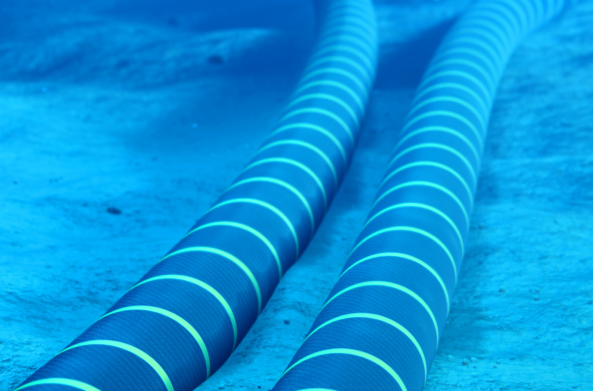
To avoid bottlenecks in the current global digital infrastructure, there are plans to lay a brand new high-capacity submarine communications cable.
The project is called The Arctic Connect Submarine Cable (ACSC), and the intention is to connect Kirkenes in northern Norway with Tokyo in Japan. It will take place through the Arctic Ocean and the North Pacific with the possibility of additional connection points in both Japan and North America.
The Cinia Alliance from Finland and the Russian MegaFon are the main forces in the project, while NORDUnet, on behalf of the five national research networks in the Nordic region, has signed a so-called Letter of Intent, which expresses interest in a fiber connection for research and education.
Cinia Oy has issued a press release about the project, which you can see here.

The intention is to connect Kirkenes in northern Norway with Tokyo in Japan. It will take place through the Arctic Ocean and the North Pacific with the possibility of additional connection points in both Japan and North America.
The line will have its European cable landing stations in northern Norway and Finland with connections further south through Finland, Norway, Sweden and Denmark, thereby connecting to the rest of Europe.
“The Nordic region is in a unique position to become a pioneer in Nordic and European research and education in connection with a completely new route. Once this project is realized, it will improve the collaborative landscape between research networks in the Nordic countries, Europe and Japan. In addition, it will strengthen Nordic development and significantly improve European digital status, ”says René Buch, Director of NORDUnet.
Martin Bech, head of the national research network in Denmark (forskningsnettet), believes that a future Arctic line could be of great importance to Danish universities and institutions.
“In the long term, there is a very positive business case for this connection, which will also enable new research collaborations. The whole of East Asia is not optimally connected as the connections are either very expensive via Singapore or very long via the US. "All research collaborations working with that region will benefit from such a connection - from the ITER fusion reactor to projects that digitize maps in Vietnam," he says.
One participates in this type of infrastructure projects by being a so-called anchor tenant who accounts for a fiber pair in advance.
"Although in the long run it is good business, we do not have money from our ongoing operations to invest in such a project, so right now we are in a critical phase where we are trying to get a piece of financing for this deposit. together. This requires that a sufficient number of countries in Europe support the project - both at national level and at EU level, ”says Martin Bech.
However, this is not without precedent, as something similar has been achieved in the past, for example for the so-called Bella cable, which connects Portugal with South America.
Greater digital robustness
The Arctic Connect Submarine Cable will be among the first intercontinental fiber lines managed by the research and education networks. It will help ensure connectivity at a time when the ability to transfer large datasets and conduct distance learning and conferences is essential.
In addition, users in the Nordic countries will experience additional benefits in terms of lower costs, access to larger bandwidths, reduced latency and increased resilience.
NORDUnet is working in parallel with research networks in Canada and the USA to explore the possibilities of possible landing points for ACSC on the west coast of the USA, which will provide a faster route between North America, Europe and Asia.
- You can read much more about the project here (PDF).
The schedule for the completion of the connection is at the end of 2023 or 2024.




